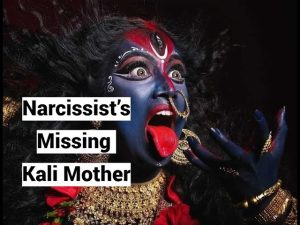Narcissism and Its Psychological Impact
1. The Use of Fantasy and Meaning Creation
- People adopt meanings through religion or narratives for a sense of meaning, often involving fantasy or delusion. The narcissist weaponizes this fantasy, providing a shared narrative to control meaning-making, limiting a person’s ability to create meaning independently.
[00:00]
2. Destruction of Personal Credibility and Internal Assumptions
- Narcissists poison the mind by destroying internal assumptions about oneself and the world, convincing victims that good behavior is meaningless and uncredited by others, often leading to feelings of apathy and rejection.
[01:15]
3. Isolation and Destruction of Intersubjective Space
- The narcissist isolates victims physically and psychologically, destroying the shared imaginary space where minds connect. This leads to existential loneliness, making the victim vulnerable and dependent on the narcissist, who becomes a “life raft.”
[02:10]
4. Philosophy of Narcissism as Solipsism and Loneliness
- Narcissism philosophy centers on solipsism, where the narcissist views themselves as the only real subject with everyone else as mere internal objects or figments, akin to psychosis but in reverse; psychotics confuse internal with external, whereas narcissists do the opposite.
[06:00]
5. Notion That No One Deserves Love
- Victims are led to believe they are not lovable, inheriting the narcissist’s internal bad object—a set of critical, demeaning internalized voices—through projective identification, thus feeling inherently unworthy of love.
[09:50]
6. Gaslighting and Distrust in Self
- Narcissists cause victims to lose trust in their own judgment, reality-testing, and self-love through persistent gaslighting. This occurs unconsciously, as narcissism is exuded rather than intentionally weaponized, creating a toxic and suffocating environment akin to breathing poisonous gases.
[12:30]
7. Justification of Evil Actions and Malignant Narcissism
- Narcissists, especially malignant narcissists (those clinically diagnosed also as psychopaths and sadists), justify wrongdoing by promoting contempt for remorse, guilt, empathy, and conscience, considering these feelings as weaknesses.
[14:20]
8. Introduction to Victims’ Common Mistakes
- The speaker briefly introduces six common errors victims make, starting with engaging in morality plays, although this topic was only just introduced before the meeting ended.
[15:30]
Note: Timestamps are based on the order and approximate timing in the provided transcript.






